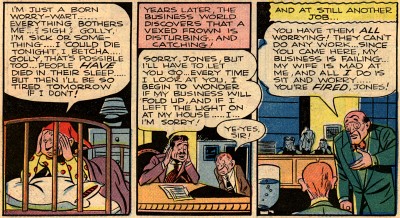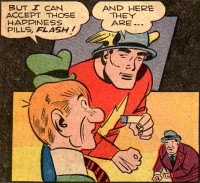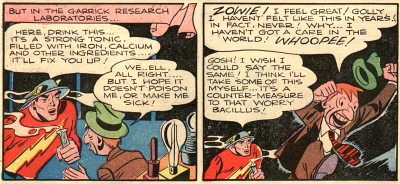Doom and gloom alone aren’t enough to help us deal with climate change, or any of the other problems we face. Fear sustained turns to despair, and to inaction – because why bother?
We have to celebrate successes to keep hope alive so we can keep going.
We do need to know what we’re up against. We need to understand how serious the stakes are. But we also have to believe that what we do will – or at least can – make a difference.
I keep thinking of Star Wars: The Last Jedi. The first time through was grueling, watching the relentless assault of the First Order as it tried to snuff out every last bit of hope. The scenes with Rey and Luke were a relief because he was “only” depressed, not doomed.
But Luke eventually regains enough hope to take action. And enough of the Resistance is able to survive, keeping the spark of hope alive. And their legend survives, passed from Rose and Finn to a stable boy on Canto Bight, who’s already fanning that spark.
The whole movie is about hope: whether you’ve lost it or someone is actively trying to stomp it out, as long as it exists, you can hold onto it. That hope that, to quote another trilogy, “There’s some good in this world, Mr. Frodo, and it’s worth fighting for.”


 There’s an odd subtext to the character’s stories, though. The reason he returns to Keystone City is that the
There’s an odd subtext to the character’s stories, though. The reason he returns to Keystone City is that the 